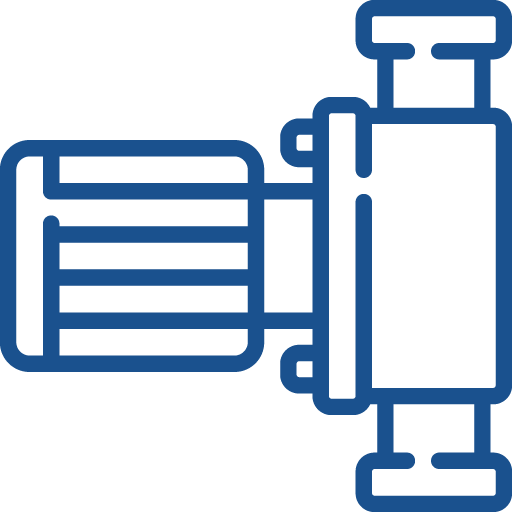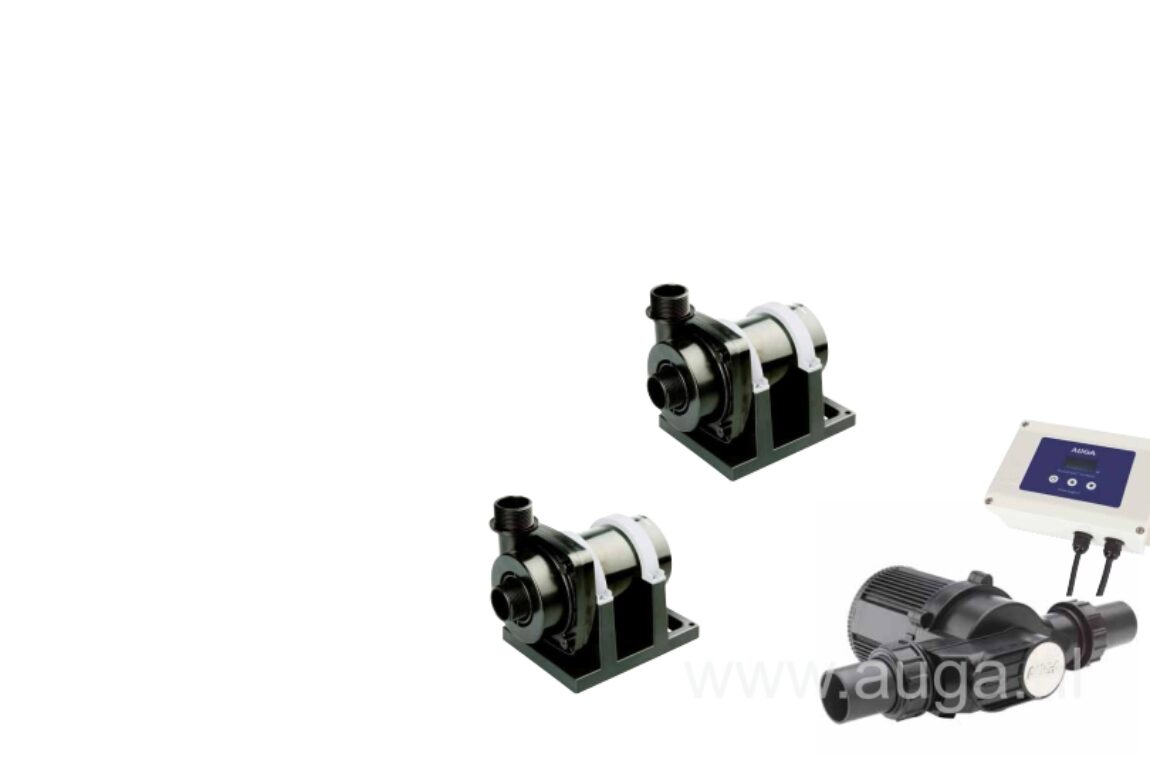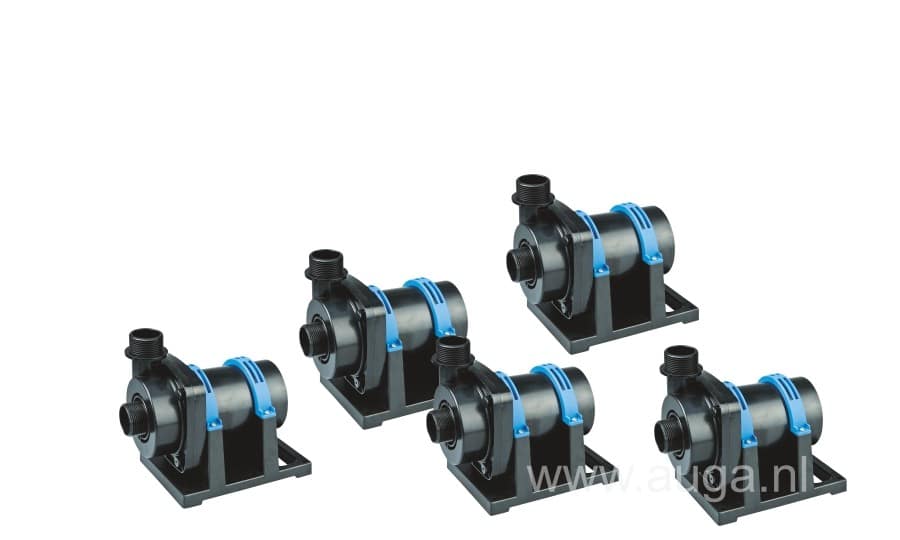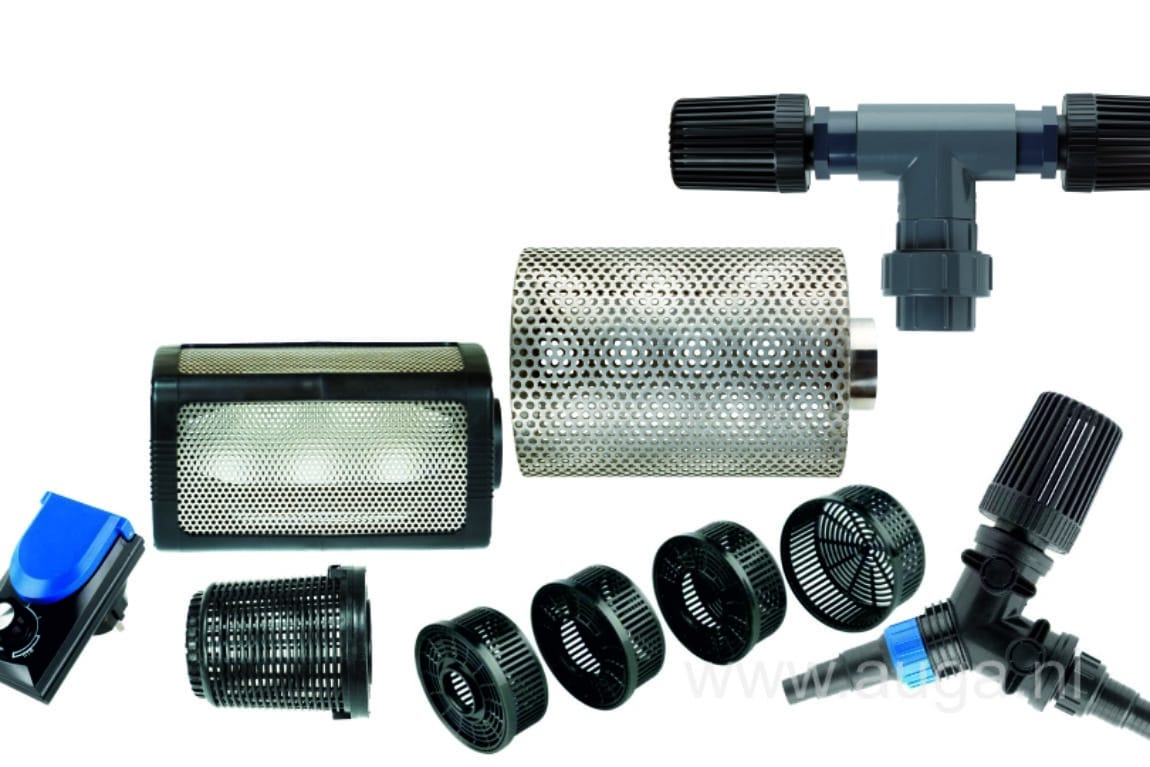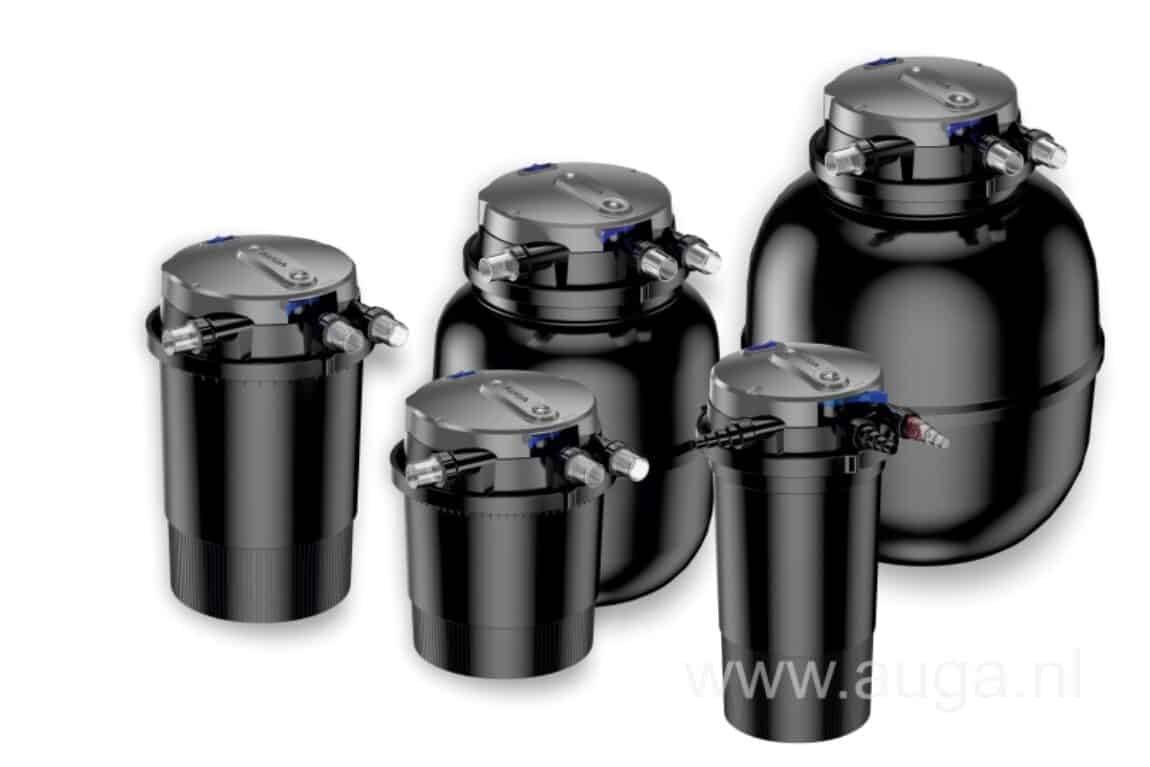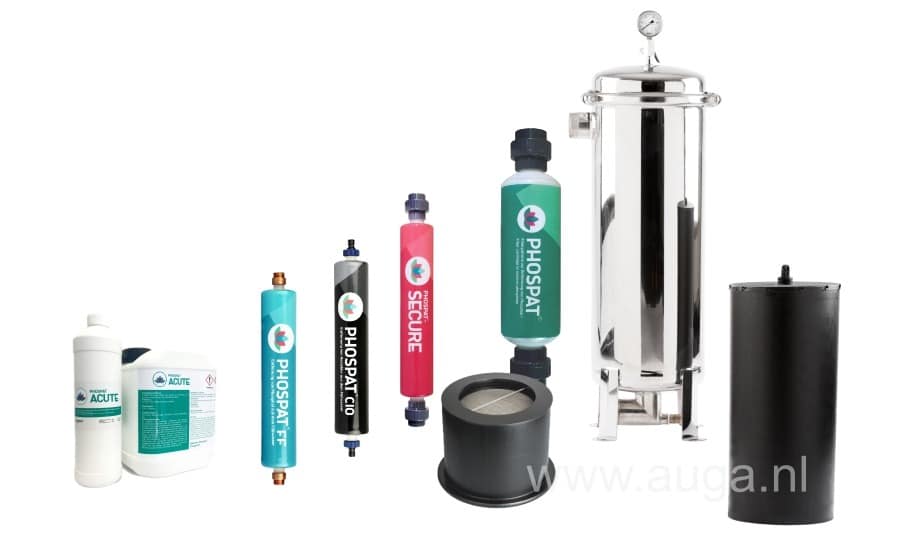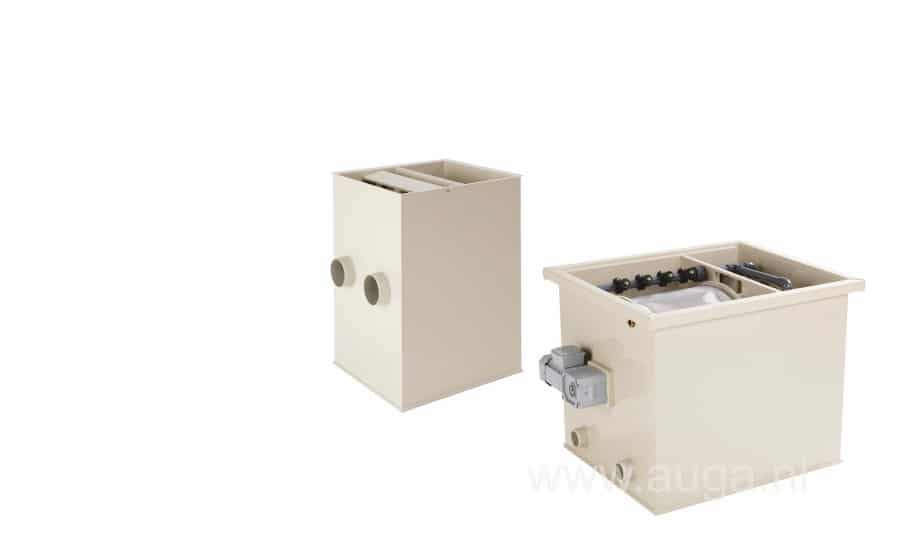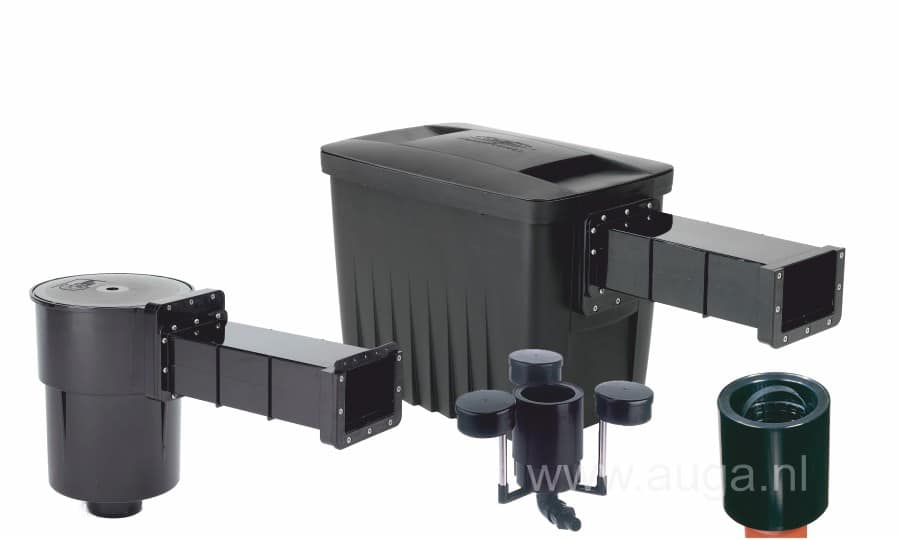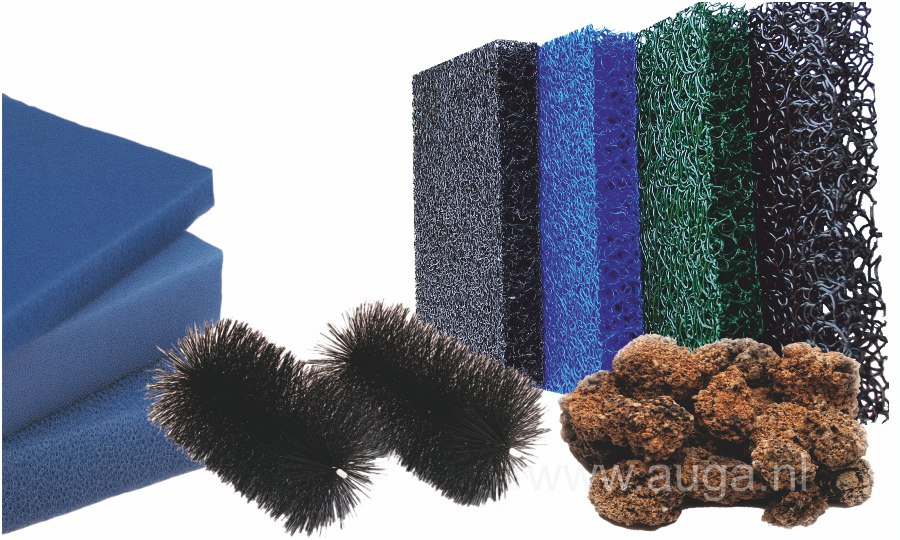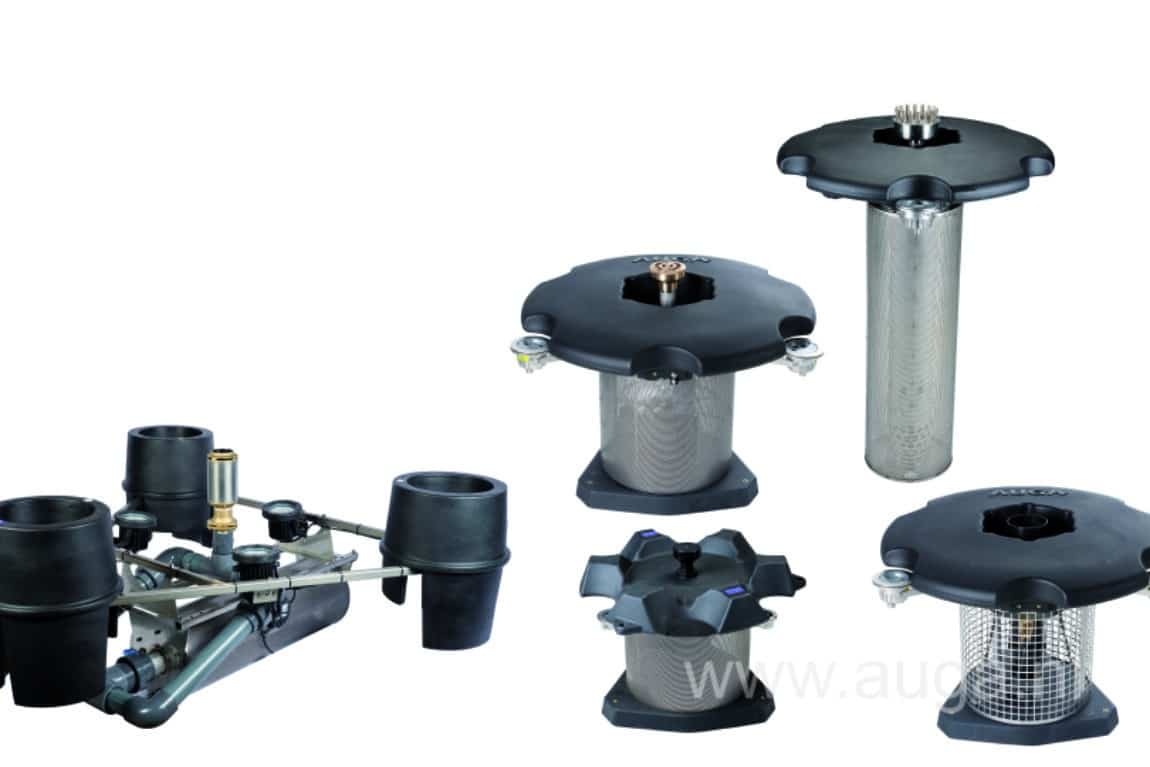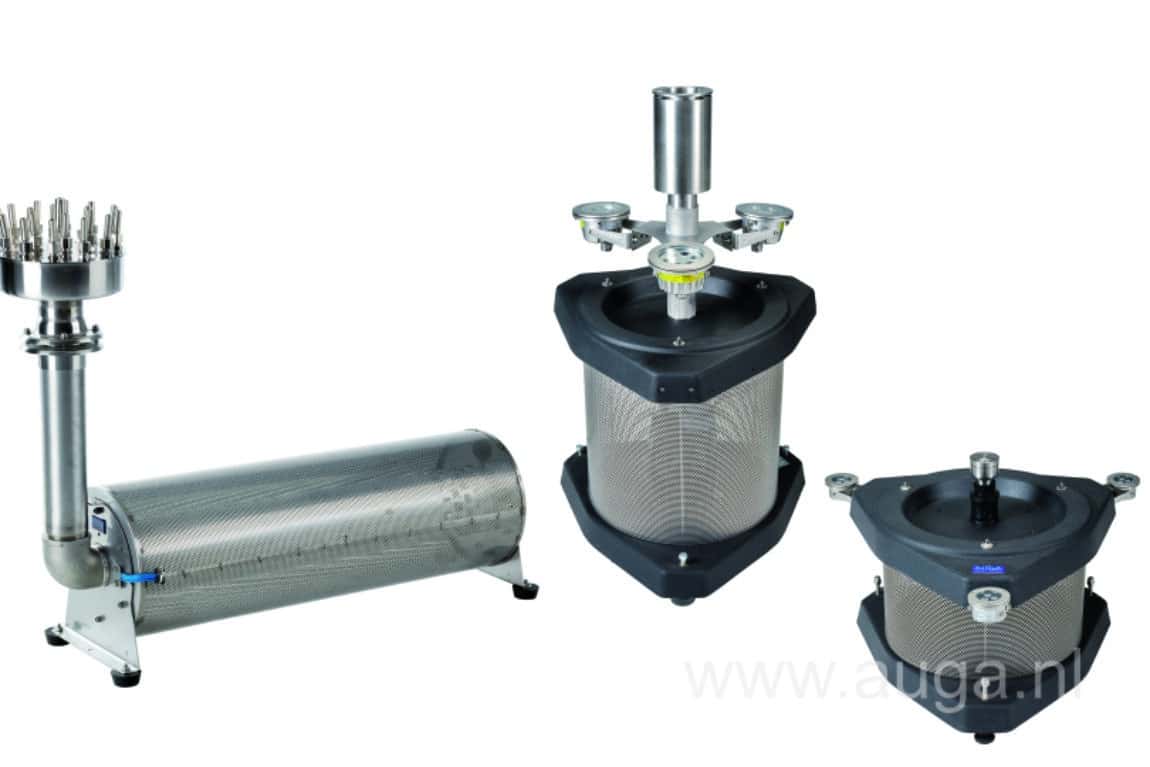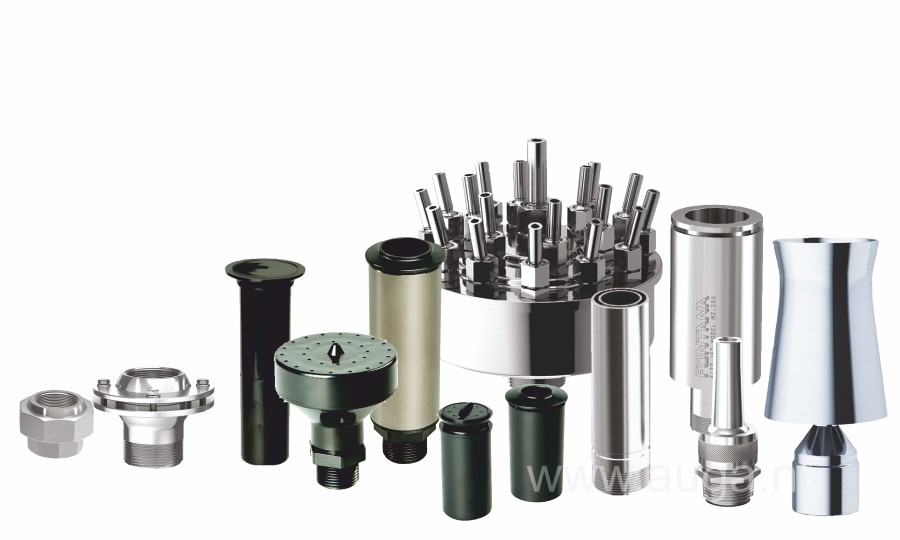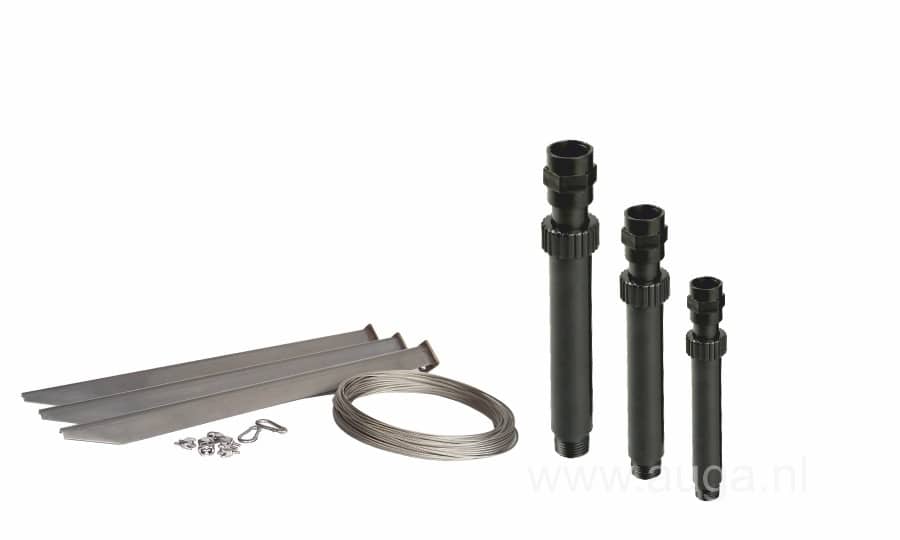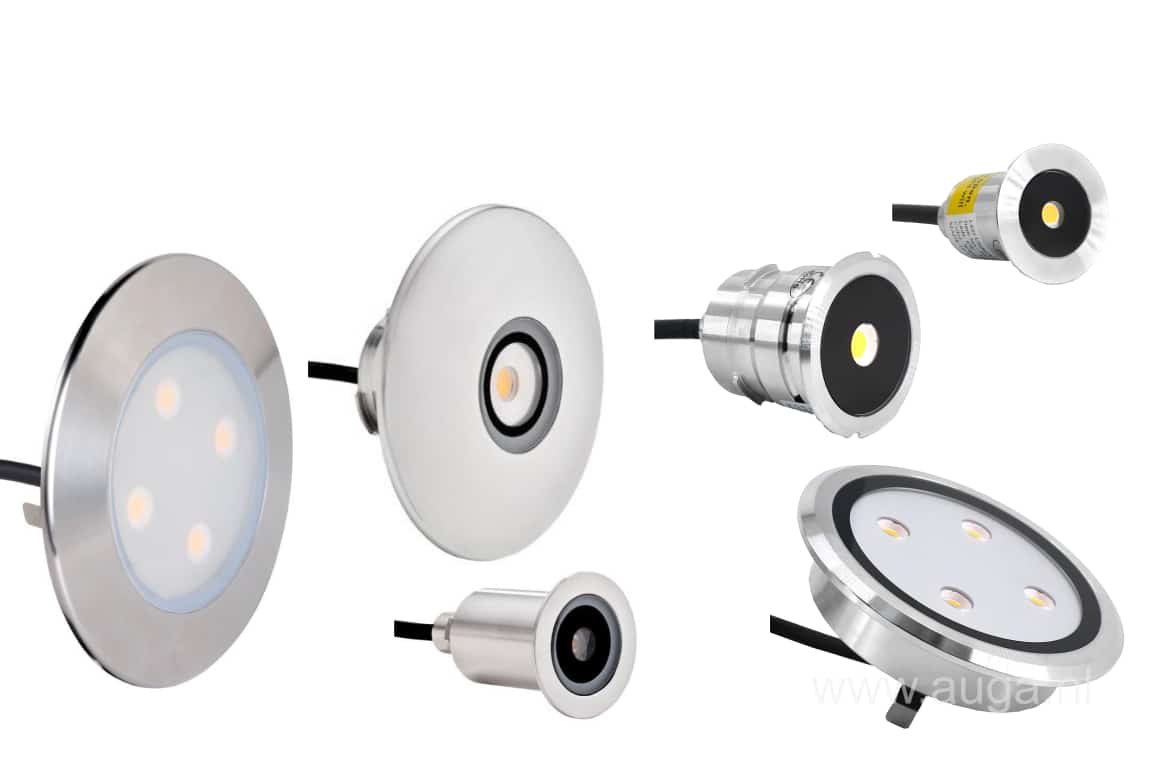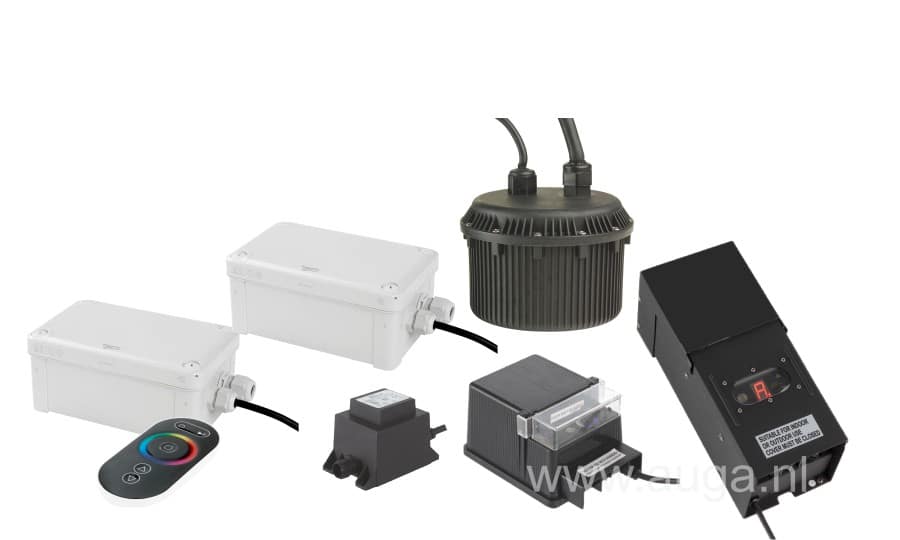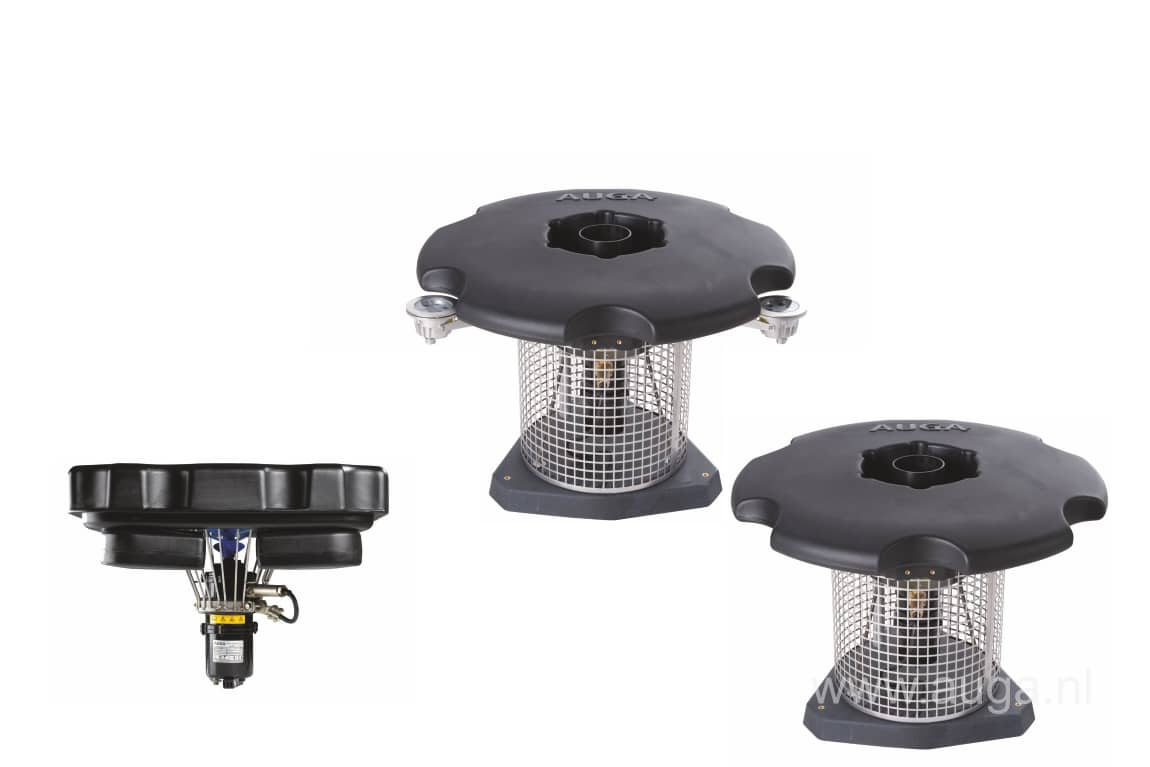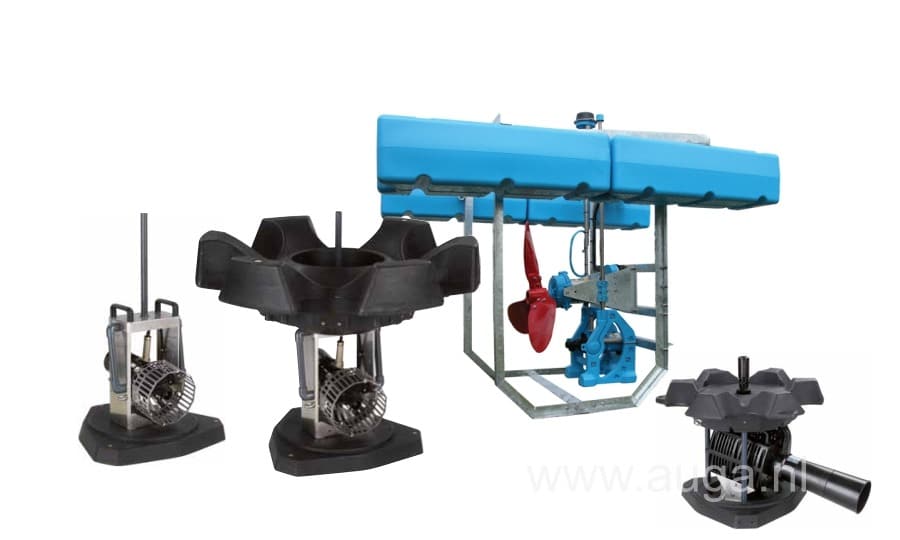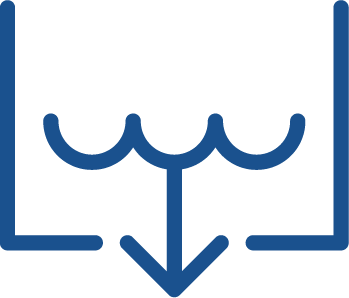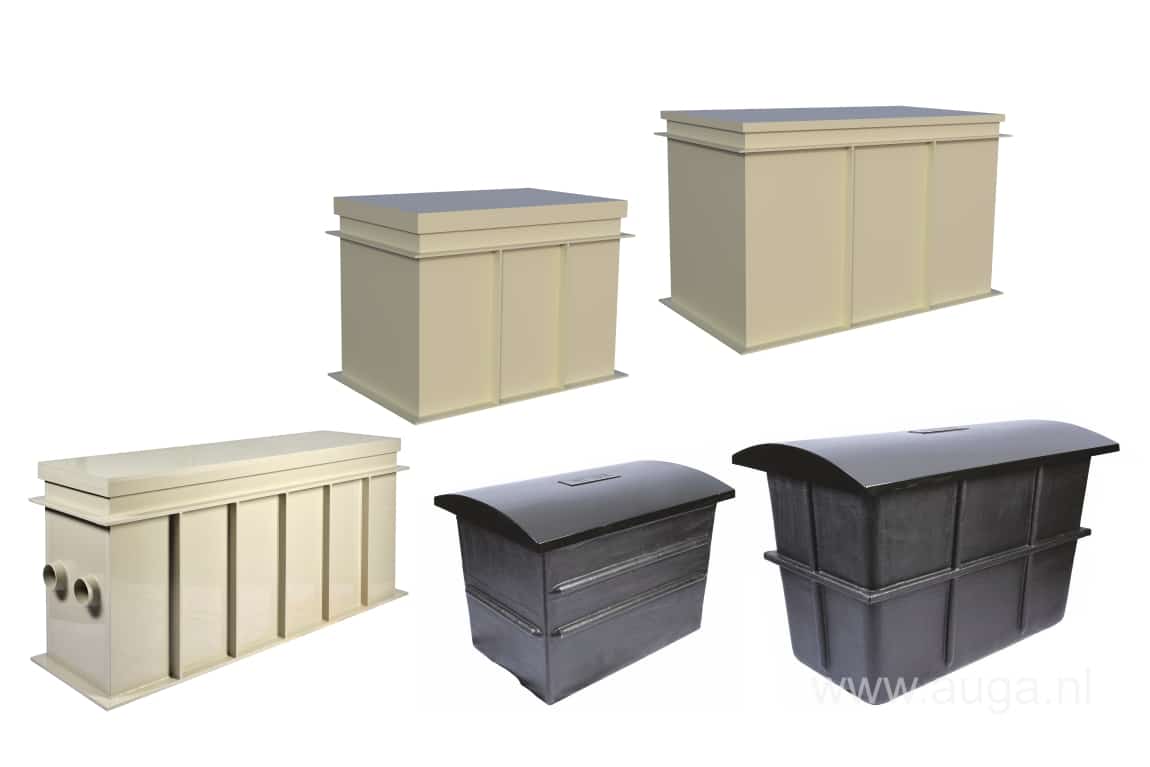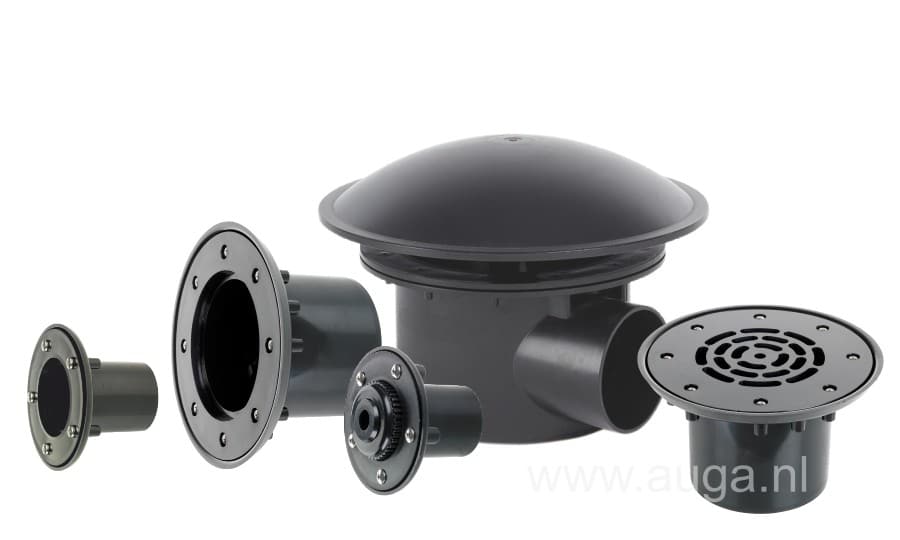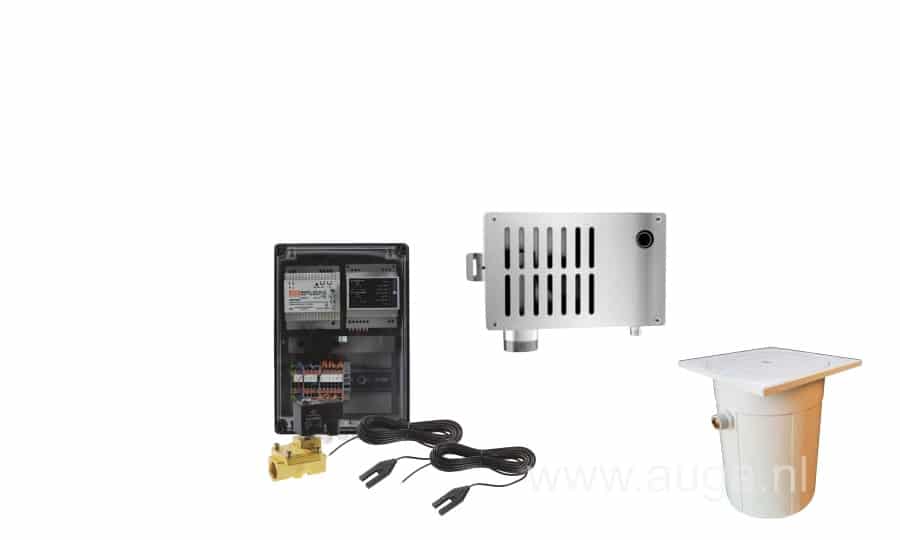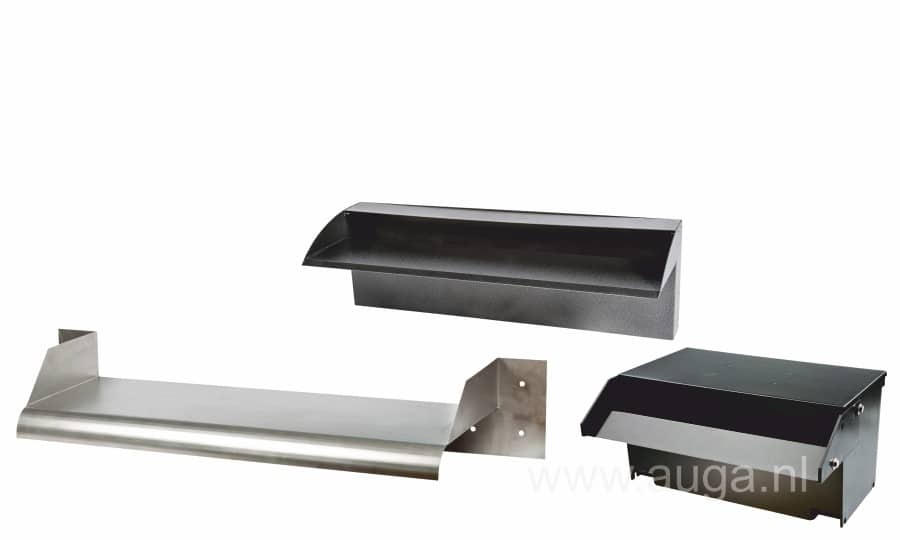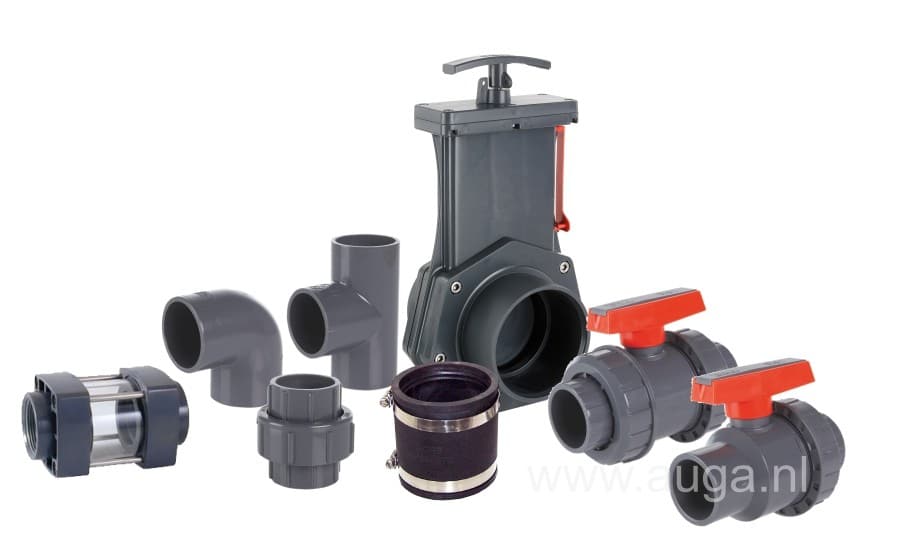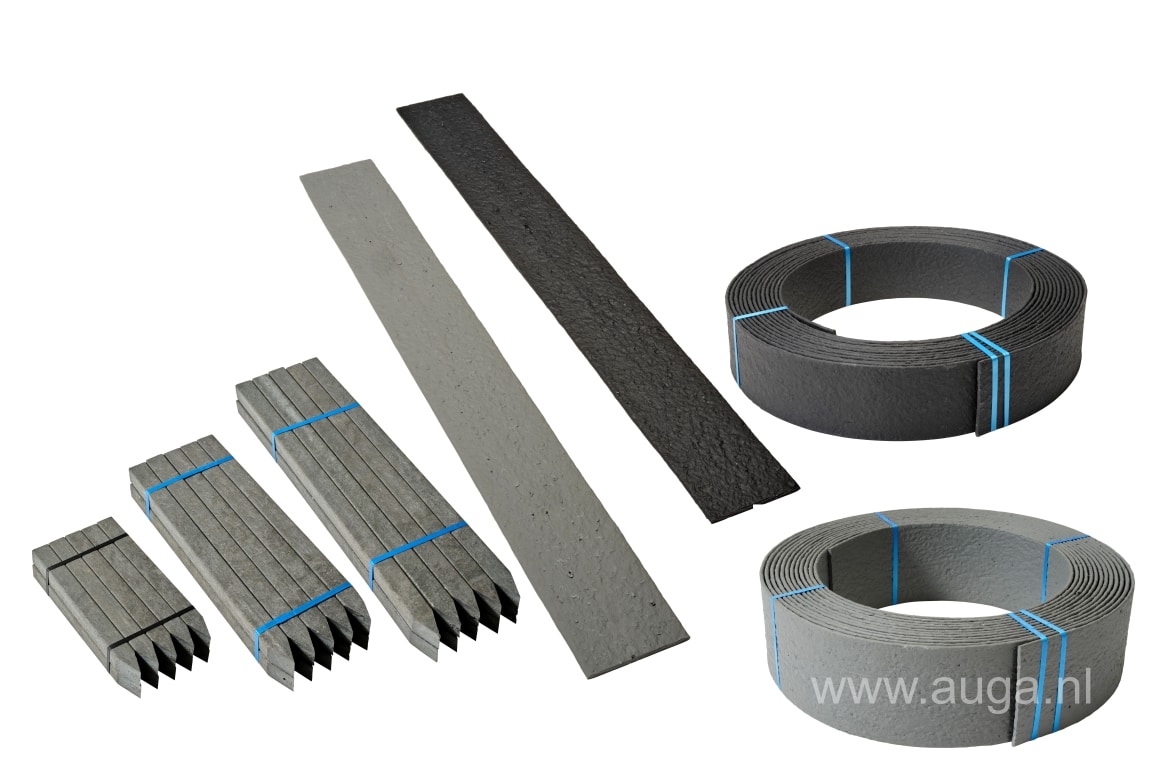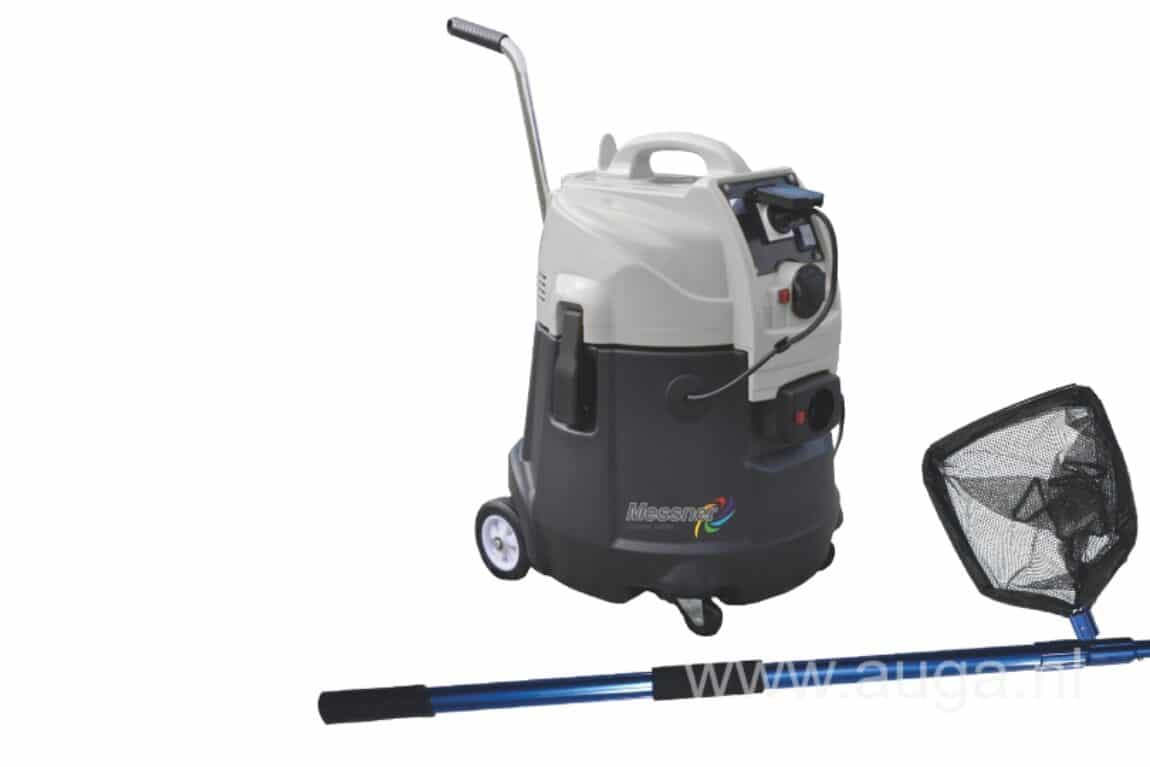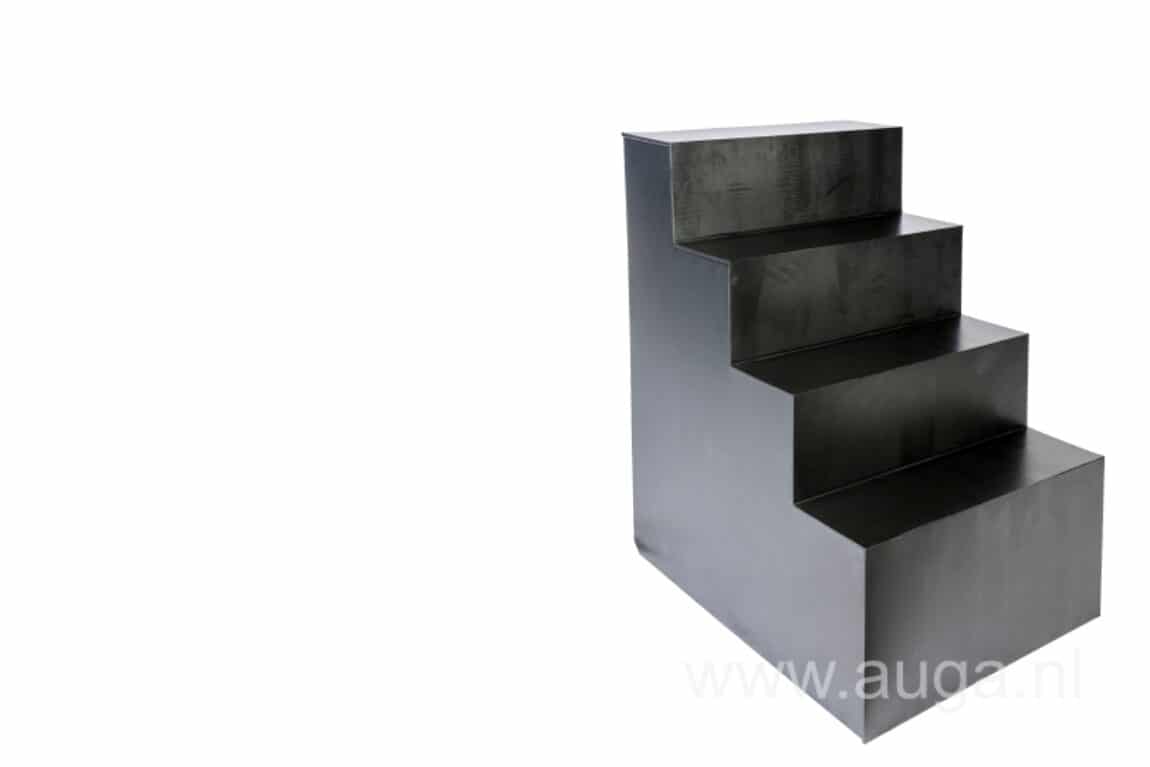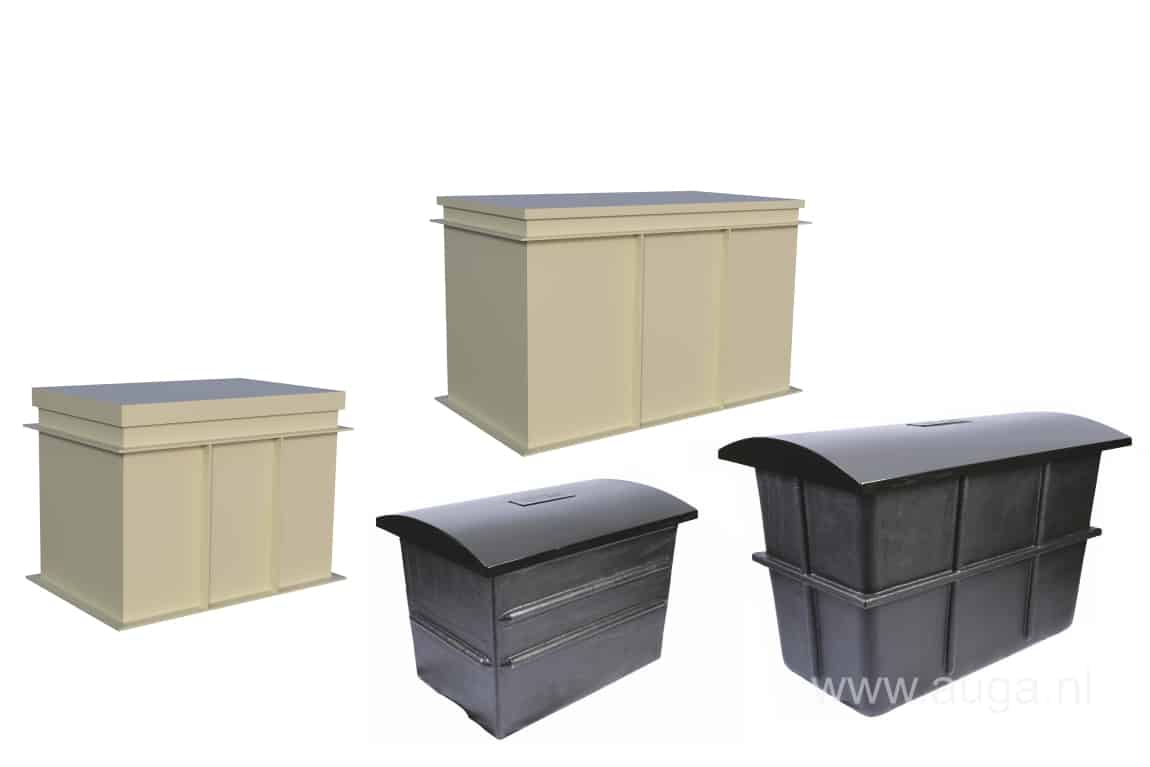Save energy on (swimming) ponds
Energy saving for (swimming) ponds, never been more topical!

In most (swimming) ponds, power-consuming devices work; a UV-c lamp, a pump for a filter, waterfall, or aeration pump. They are the “silent consumers”, which are often inconspicuous by day and night.
With sharply increased energy costss, its now more than worth paying attention to these devices; should they be operating continuously or not, can it be more economical, can they be turned off?
In this blog we will discuss the technique and save power on pond pumps and UV-c devices.
Pond pumps
A pond pump is the most commonly used electrical apparatus in ponds. Without a pump, water stands still
The amount of pumps that are now running in ponds must be enormous. Often purchased in times when power consumption was not a concern.
Pond pumps have a long service life, but the power consumption of older pumps can now be detrimental to the wallet. Also for the environment of course! In recent years, manufacturers have invested a great deal in more efficient pump technology. It is well worth checking existing pumps for power consumption. Replacement for a new, energy efficient pump can earn back quickly.
Efficient pumps, today’s standard
Pumps have undergone a technical revolution. This is because efficient motor and pump technology in the industry has become mandatory by regulation. Imposed by EU governments with the aim of further reducing power consumption.
Manufacturers of pond pumps are moving along with this, which is why we see an increasing number of energy efficient pumps appearing in the pond industie, although the word “energy efficient” is still used very enthusiastically to stimulate turnover.
The fact that apples cannot be compared with pears is obvious; capacity, head and dirt passage together determine the power consumption of a pump. The engine technology used is now added to this.
The technique explained further
Many existing and new pond pumps are equipped with AC motors.
Familiar technology, but with lower efficiency compared to the new generation of pumps equipped with DC motors, which is now leading the industry.
The efficiency of a motor determines the efficiency when converting electrical energy into mechanical energy. The higher the efficiency, the lower the power consumption. That’s why the use of DC motors has now also become so interesting for pond pumps, because they often run day and night. The difference in power consumption with “old” motor technology then really counts on the current energy bill.
However, direct current does not come from the socket, an inverter converts alternating current from the socket to direct current for the pump.
This industrial technique has been applied in the AquaFlow® E pond pumps and VarioFlow® E pond pumps from AUGA.
VarioFlow® E: pumps with energy management
VarioFlow® E pumps are fully adjustable in capacity from 0 to 100%, with the supplied VarioControl control box.
The desired capacity can be adjusted exactly to the need in steps of 1%. This adjusts the speed and the power consumption proportionally. The converter to DC is built into the cabinet.
Adjusting back to 50% quickly saves 90 Watt per hour in power consumption with a VarioFlow® E-20, which is now converted about € 150,– advantage!
When to adjust?
Biologically working filter systems require continuous flowing water to function optimally. In warm periods a higher flow is required, while in colder periods the pump capacity can be reduced. Adjusting the capacity to the seasons with a VarioFlow® E pump immediately saves on electricity costs.
AquaFlow® E: not adjustable, but energy-efficient pumps
The speed is not adjustable with these pumps. However, the motor technology is practically the same as the VarioFlow® E series. There are plenty of situations where pumps always run at the same capacity, such as waterfalls, streams and water features. With a timer, these pumps can of course be switched off, the simplest way to save power.
UV-c lamps, how does it work?
To keep water in a landscaped pond always clear, the use of filter technology in combination with a UV-c lamp is desirable.
UV-c is electromagnetic radiation that penetrates the cell wall of a micro-organism and damages the cell nucleus. They lose the ability to multiply, die and must be filtered out in the pond filter.
UV-c is very safe, the radiation range in distance is very short, therefore UV-c lamps are built in a suitable housing, which in turn is related to the flow capacity. The radiation can only destroy organisms that are carried along with the water past the lamp.
UV-c lamps are always used in combination with a pump and a filter.
The discussion: UV-c lamp on day and night, or switch off periodically?
Many UV-c lamps are used exclusively for combating green floating algae. They multiply explosively when – especially standing – water heats up and there is sufficient nutrition in a pond to allow them to thrive.
We prefer not to see green soup in the pond, a UV-c lamp fights the algae easily, because only little radiation power is needed to eliminate them.
The lamp could therefore be switched off when the water is clear, energy saving is a fact. However, switching on and off every day is not pleasant for lamps and the built-in lamp starters and shortens the life of these components.
Now a UV-c lamp has to be replaced after an average of 9,000 burning hours, because the gas in the lamp has been consumed and no more UV-c radiation is generated. The lamp is still on, but no longer works.
The trade-off can be made to keep a lamp on continuously (more power consumption) or to switch it off periodically when the pond is clear, and to save power. However, with a chance of a shorter lamp life. However, since replacement bulbs are inexpensive for most standard appliances, switching off with a timer is definitely an option.
Ponds with intensive fish stock
Koi needs clear and healthy water, a properly chosen UV-C device here eliminates not only simple floating algae, but also other micro-organisms, which can cause diseases in fish, if the number increases too much.
The UV-c device is adjusted to pond content, flow capacity and fish stocking. This often concerns professional devices with higher lamp powers, such as the VarioClean® Pro-X from AUGA.
Turning off lights to save power is not a good option, it can affect water quality and shorten its life.
Swimming ponds
The plant filter provides the purifying effect, extensive technology is not always used for ecological reasons. Swimming water can sometimes be less clear due to varying influences.
However, swimming in clear water is a lot more pleasant. Fighting floating algae – the causative agents of green water – can be solved in a natural way. However, with a UV-c device, nature is given an extra helping hand and clear water becomes a constant factor.
Switching off is certainly possible, but daily switching shortens the life of the lamp and lamp starter. Switching off in the spring and autumn is a better option, when the sun’s strength is much lower and the temperature of the water decreases.
In short, it is now more than ever worth paying attention to the energy consumption of the devices in a (swimming) pond! Contact us, we’ll help you with your questions.

